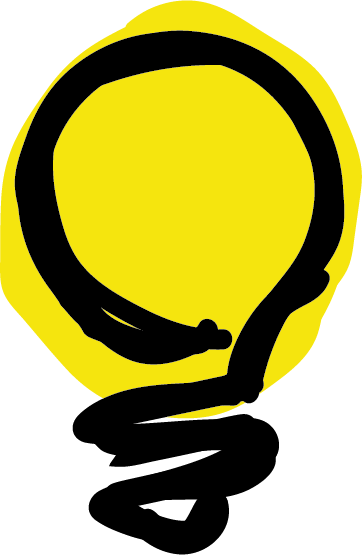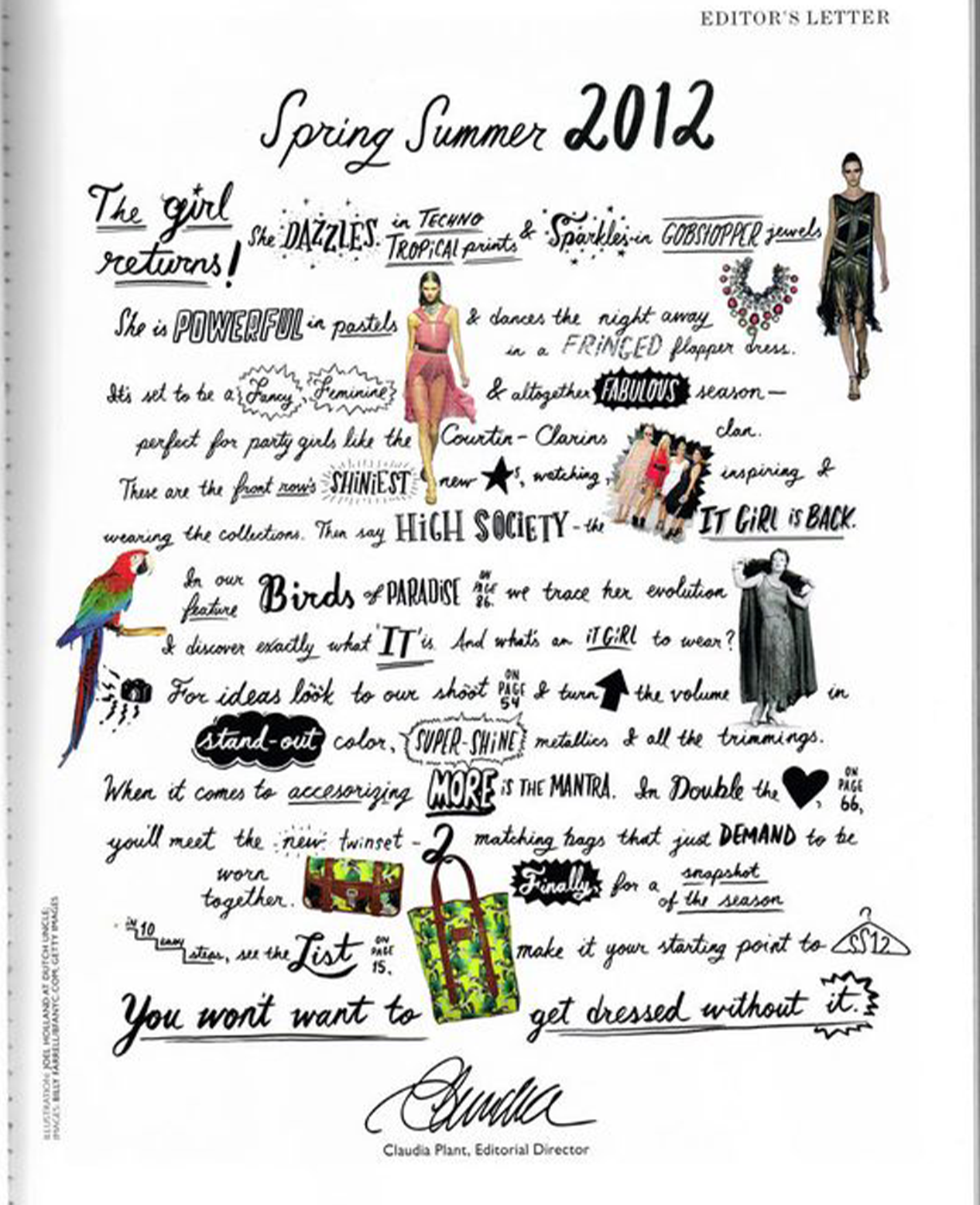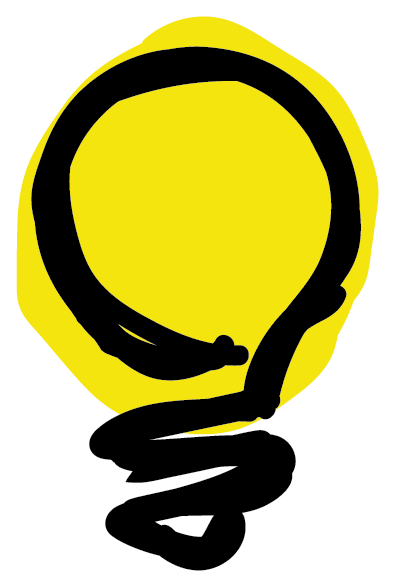Process — 5 Min Read
The Significance of Thumbnail Sketches
Interviews — 5 Min Read
Modern Art Exhibition at Avada Galerie
In the realm of design, the creative process often begins with a spark of inspiration, followed by a series of iterations and refinements to bring that vision to life. Among the foundational tools that aid in this journey, thumbnail sketches stand out as essential components of the design process.
What are Thumbnail Sketches?
Thumbnail sketches are small, quick, and rough drawings that serve as the initial brainstorming stage in the design process. These sketches are not meant to be polished works of art; rather, they are quick visualizations used to explore different ideas, layouts, compositions, and concepts.
The Importance of Thumbnail Sketches
- Ideation and Exploration
- Thumbnail sketches allow designers to explore a wide range of ideas rapidly. By sketching out multiple concepts, designers can experiment with different approaches and visualize potential solutions to a design problem.
- Problem Solving
- Thumbnail sketches help designers identify potential challenges and opportunities within a design brief. Through sketching, designers can test various design solutions and evaluate their effectiveness in addressing the requirements of the project.
- Iterative Process
- Design is an iterative process, and thumbnail sketches serve as the starting point for refinement and iteration. By generating multiple thumbnails, designers can refine their ideas and gradually develop them into more detailed and refined concepts.
- Communication and Collaboration
- Thumbnail sketches serve as a means of communication between designers and clients, stakeholders, or team members. These sketches help convey initial concepts and ideas in a clear and concise manner, facilitating feedback and collaboration throughout the design process.
The Evolution of Drawing Techniques
As designers progress through their academic journey, they encounter various drawing techniques that complement their evolving skill sets. In my classroom, I have established a structured approach to the use of drawing tools based on students’ academic levels:
- 100 and 200 Level Students
- At the introductory levels, I emphasize the importance of mastering fundamental drawing skills using traditional tools such as pencil and paper. This approach allows students to focus on developing their hand-eye coordination, understanding of form, and visual communication abilities.
- 300 and 400 Level Students
- As students advance in their studies and gain proficiency in traditional drawing techniques, they are allowed to explore digital drawing tools and techniques. Digital platforms offer advanced capabilities for creating and manipulating visual elements, enabling students to expand their creative horizons and explore new avenues of expression.
Submission Guidelines
To ensure the effectiveness of thumbnail sketches as a tool for creative exploration, I have established the following submission guidelines:
- Each thumbnail sketch must be drawn using a ruler to maintain precision and consistency in line quality.
- You may not use templates or photocopies of your thumbnail boxes, each one must be drawn by hand.
- Thumbnail sketches must be perfectly straight with bright high-contrast visuals, enhancing clarity and readability.
- Thumbnail sketches must be desaturated to remove color distractions and emphasize form and composition.
- Each thumbnail sketch must be numbered and annotated to provide context and insight into the designer’s thought process.
- Submission of thumbnail sketches is mandatory and will contribute to the overall assessment of design projects.
Examples
IMAGE
Thumbnail sketches play a vital role in the creative design process, serving as catalysts for innovation, exploration, and communication. By embracing the practice of thumbnail sketching and adhering to the established guidelines, students can enhance their design capabilities.
Happy sketching!
Get updates about our next exhibitions
We will process the personal data you have supplied in accordance with our privacy policy.



